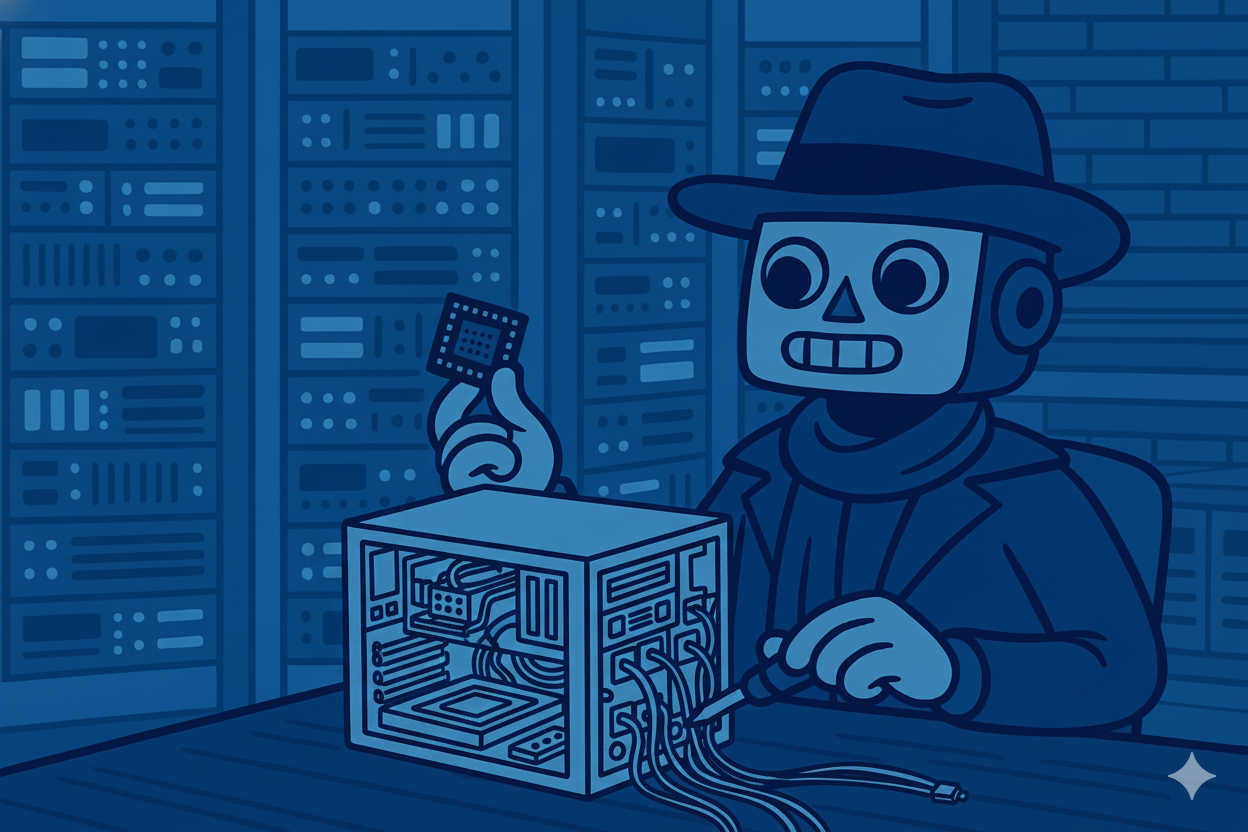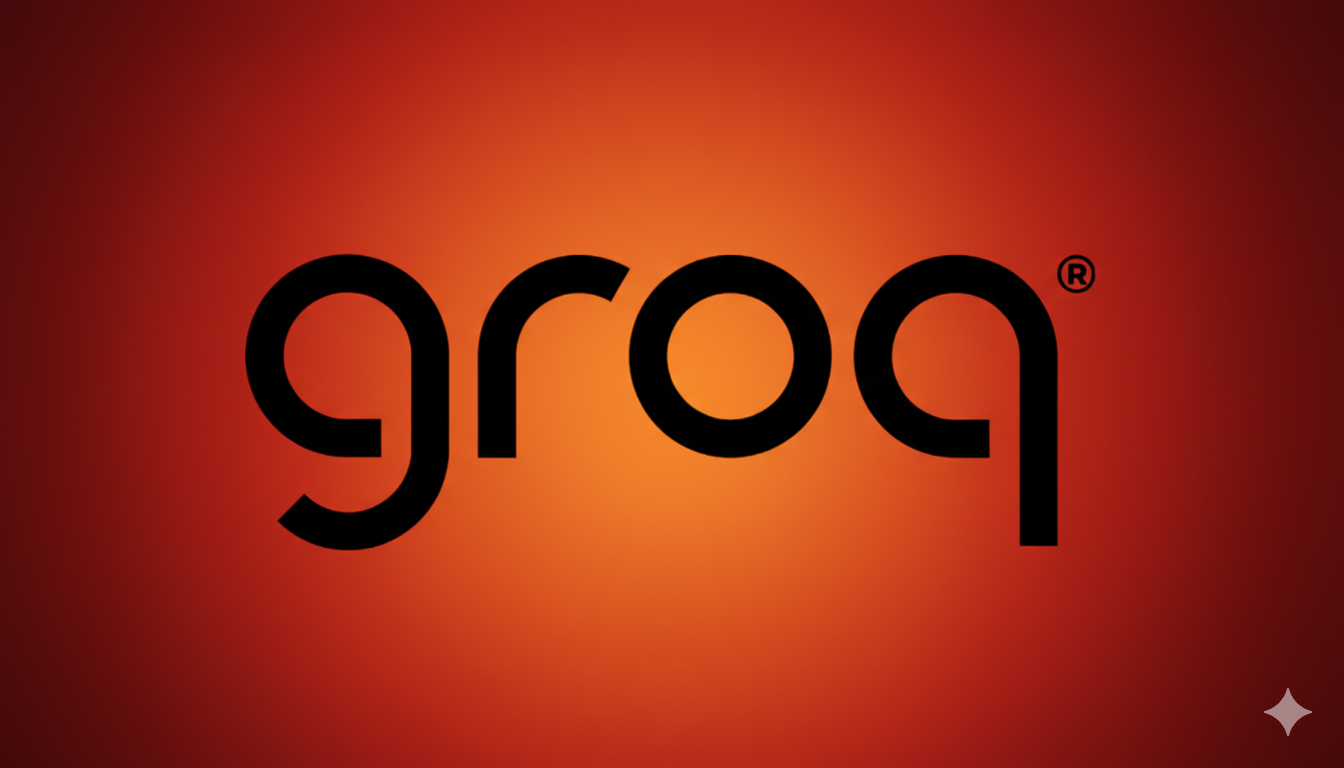Groq Pricing and Alternatives

The AI inference market is exploding, and a new chip startup is challenging NVIDIA's dominance with speeds up to 5× faster and costs up to 50% lower. As AI shifts from training to deployment, inference efficiency becomes critical for businesses looking to scale their AI applications without breaking the bank. Understanding Groq's transparent pricing model and how it compares to major alternatives is essential for making informed decisions about AI infrastructure.
What is Groq and Why It Matters

Groq represents a shift in how we think about AI hardware. Founded in 2016 by Jonathan Ross, the original creator of Google's TPU, this Silicon Valley startup has developed a revolutionary approach to AI inference. Rather than adapting existing processor designs, Groq built its LPU from the ground up, optimized purely for running trained AI models at unprecedented speeds.
The company's journey from near-death to unicorn status illustrates the dramatic shift in AI priorities. Ross later admitted that "Groq nearly died many times... We started Groq maybe a little bit early," referring to the pre-boom years before ChatGPT changed everything. Today, with a $6.9 billion valuation and over 2 million developers using its platform, Groq has positioned itself at the forefront of the inference revolution.
Most notably, Groq recently secured a massive $1.5 billion commitment from Saudi Arabia to expand its data center infrastructure, signaling both the scale of ambition and the global recognition of its technology's potential.
Groq's Pricing Breakdown
LLM Pricing Structure
Groq's approach to pricing is refreshingly straightforward: you pay for what you use, measured in tokens processed. This transparency stands in stark contrast to the often opaque pricing structures of traditional cloud providers.
For language models, pricing scales with model size and complexity:
- Smaller models (17B parameters): As low as $0.11 per million input tokens
- Mid-size models (70B parameters): Approximately $0.75-$0.99 per million tokens
- Large models (120B+ parameters): Up to $1.00 per million input tokens
Output tokens are typically priced higher, reflecting the computational intensity of generation. For context, these rates often undercut comparable offerings by 30-50%, while delivering throughput of 275-594 tokens per second, roughly double what traditional GPU setups achieve.
Speech AI Costs
Groq's speech processing capabilities showcase even more dramatic cost advantages:
Text-to-Speech (TTS):
- $50 per million characters
- Processes at ~140 characters per second
- Ideal for voice assistants and accessibility applications
Speech Recognition (ASR/Whisper):
- As low as $0.02 per audio hour for Distil-Whisper
- Up to $0.111 per hour for high-accuracy Whisper Large V3
- Blazing fast processing at up to 228× real-time speed
These prices make large-scale transcription projects suddenly feasible, imagine transcribing thousands of hours of meetings, podcasts, or customer calls at a fraction of traditional costs.
Batch Processing Advantage
Perhaps Groq's most compelling pricing feature is its 50% discount for batch processing. Non-time-sensitive workloads submitted through the Batch API receive this substantial discount, making it perfect for:
- Overnight data processing
- Large-scale content generation
- Dataset analysis and transformation
No hidden costs complicate the equation, no instance reservations, no idle time charges, no surprise scaling fees. This linear, predictable pricing model lets businesses budget AI costs with confidence.
Key Competitors and How They Stack Up
NVIDIA GPUs
As the incumbent giant with over $35 billion in data center revenue, NVIDIA remains the default choice for many AI workloads. Their GPUs excel at flexibility and have an unmatched software ecosystem (CUDA, TensorRT). However, for pure inference tasks, they often deliver:
- Higher latency per token
- Greater power consumption
- More complex pricing models
- Supply constraints during high demand
NVIDIA is responding aggressively with inference-optimized products and software like NVIDIA Dynamo, claiming up to 30× performance improvements. The battle is far from over.
Cloud Provider Solutions
AWS Inferentia: Amazon's custom inference chips promise up to **70% cost reduction** compared to GPUs, with strong integration into AWS services. The catch? You're locked into the AWS ecosystem, and performance varies significantly by model type.
Google TPU: As Groq founder's original creation, TPUs share philosophical DNA with LPUs – deterministic, matrix-focused computation. TPU v4 delivers excellent performance but remains exclusive to Google Cloud Platform, limiting flexibility for multi-cloud strategies.
Other Challengers
The AI chip landscape is crowded with innovators, each taking different architectural approaches:
- Intel Habana: Focuses on both training and inference with Gaudi processors
- Cerebras: Uses wafer-scale chips for handling massive models
- SambaNova: Employs reconfigurable dataflow architecture with extensive DRAM
- GraphCore: Utilizes many small cores with significant on-chip memory
Each offers unique trade-offs, but Groq's pure focus on inference and transparent pricing sets it apart for deployment-focused use cases.
Groq's Technical Edge (and Limitations)
Groq's LPU architecture represents a radical departure from traditional processors. By eliminating features like branch prediction, caches, and out-of-order execution, all unnecessary for predictable AI workloads, Groq dedicates every transistor to raw matrix computation.
The results speak for themselves:
- 241-300 tokens/second on Llama-70B (roughly 2× GPU performance)
- Deterministic, predictable latency for real-time applications
- Blazing-fast on-chip memory bandwidth (tens of TB/s)
However, this specialized design comes with trade-offs. Each chip contains only 220MB of SRAM, meaning large models must be distributed across many chips. Running a 70B parameter model requires 576 chips across 8 racks. Future trillion-parameter models would need thousands of chips, potentially limiting Groq's applicability for the absolute largest models.
The deterministic architecture also struggles with sparse models or dynamic computation patterns. If future AI relies heavily on conditional execution or zero-skipping optimizations, Groq's fixed execution schedule could become a liability.
Real-World Use Cases Where Groq Excels
Conversational AI and Chatbots
Companies like Unifonic use Groq to power Arabic-language chatbots with near-instant responses. The low latency transforms user experience from frustrating delays to natural conversation flow.
Real-time Transcription and Voice Assistants
With speech processing at up to 228× real-time speed, Groq enables live captioning, meeting transcription, and voice-controlled interfaces that feel truly responsive.
AI-Powered Robotics
Innate Robotics leverages Groq's ultra-low latency for service robots that must process sensor data and make decisions in milliseconds. When a robot needs to navigate around obstacles or respond to human commands, every millisecond counts.
Enterprise Analytics
Perigon's news intelligence platform achieved a 5× speedup using Groq for real-time analysis of documents and data streams. Users can literally "talk to their data" and receive insights instantaneously.
Ideal for:
- Startups deploying LLMs at scale who need predictable costs
- Enterprises with latency-critical applications like real-time analytics
- Companies seeking NVIDIA alternatives due to cost or supply constraints
- Developers building conversational AI where response time matters
- Organizations with batch processing needs looking to cut costs by 50%
Less suitable for:
- Ultra-large proprietary models (1T+ parameters) that exceed current scaling limits
- Teams deeply invested in GPU ecosystems with CUDA-optimized code
- Edge device deployment where power constraints matter
- Research organizations frequently experimenting with novel architectures
- Applications requiring sparse model support or dynamic computation graphs
Beyond GPU Dominance
Groq represents the inference-first future of AI infrastructure. As Jonathan Ross and his team recognized early, the real challenge is deploying models efficiently at scale. With transparent pricing that often undercuts competitors by 30-50%, performance that doubles typical GPU throughput, and a growing ecosystem of satisfied customers, Groq has proven that specialized inference hardware has a vital role in the AI landscape.
The market is still evolving rapidly. NVIDIA won't cede ground easily, cloud providers are investing heavily in their own solutions, and new architectures emerge regularly. But Groq's combination of radical technical innovation, developer-friendly pricing, and laser focus on inference positions it as a genuine alternative for organizations ready to move beyond the status quo.
Success will ultimately depend on continued execution, delivering next-generation chips that address current memory limitations, maintaining price advantages as competitors respond, and building an ecosystem that makes adoption as frictionless as possible. For now, though, Groq offers a compelling glimpse of an AI future where inference is fast, affordable, and accessible to all.



